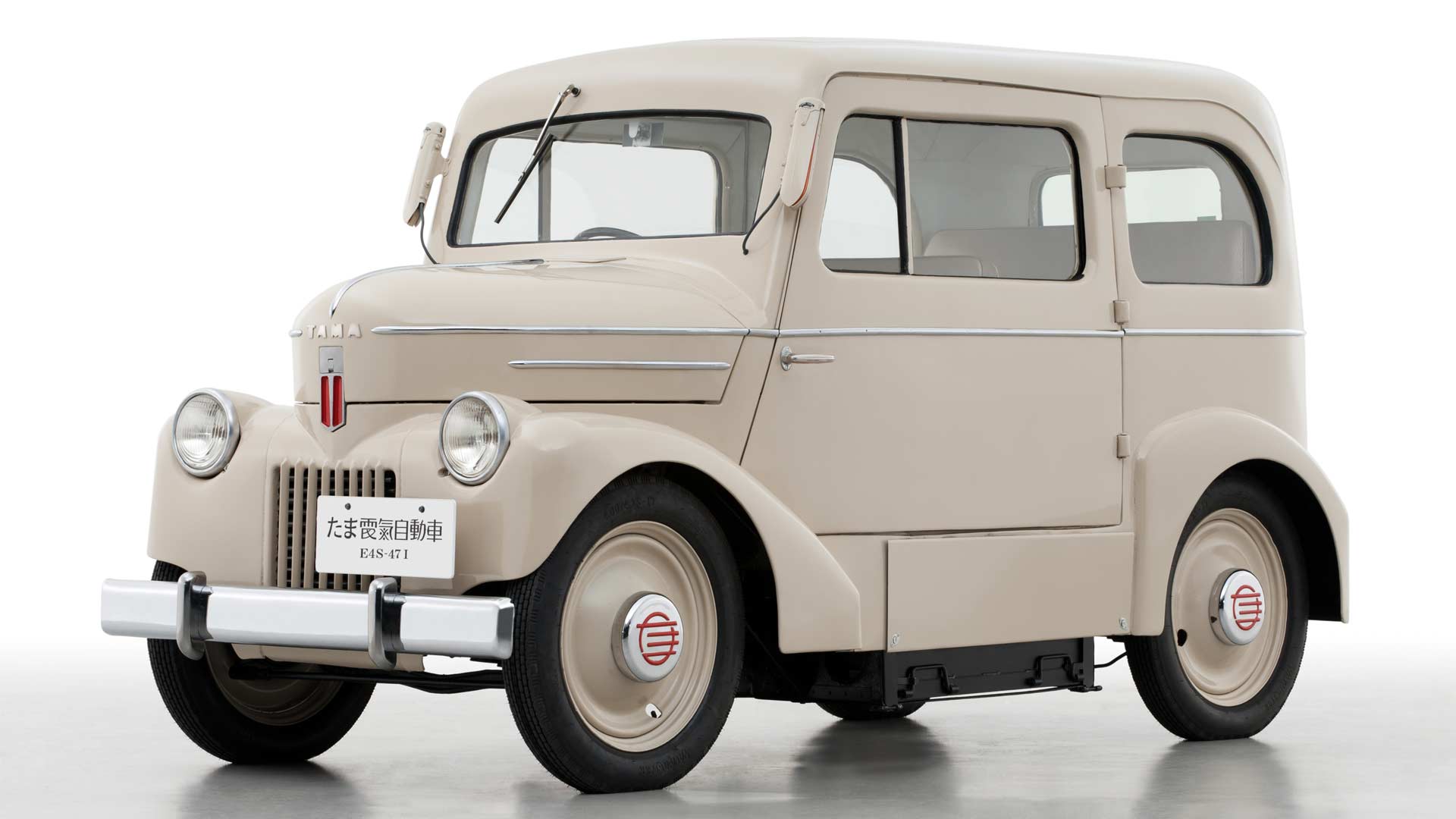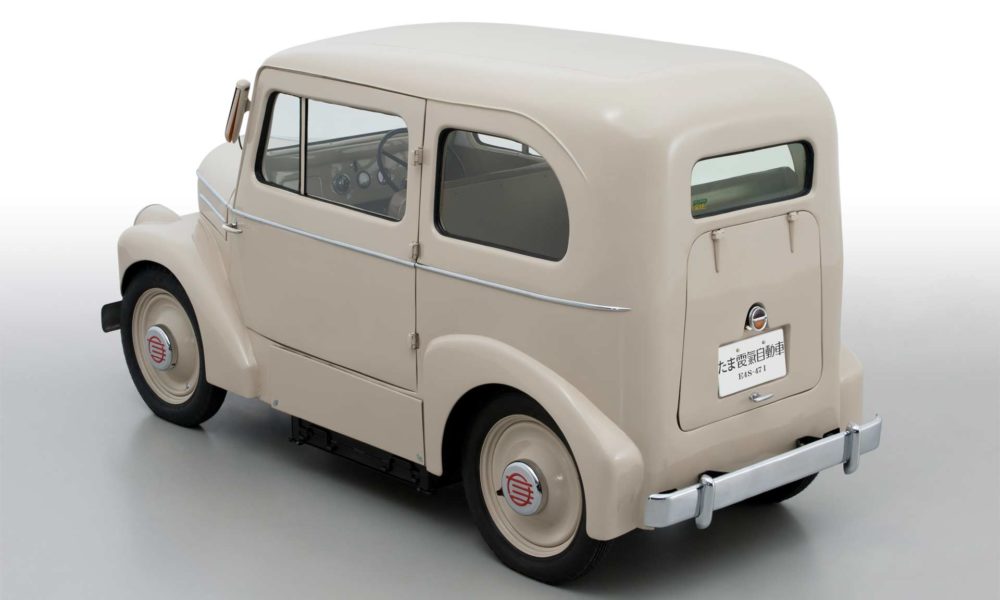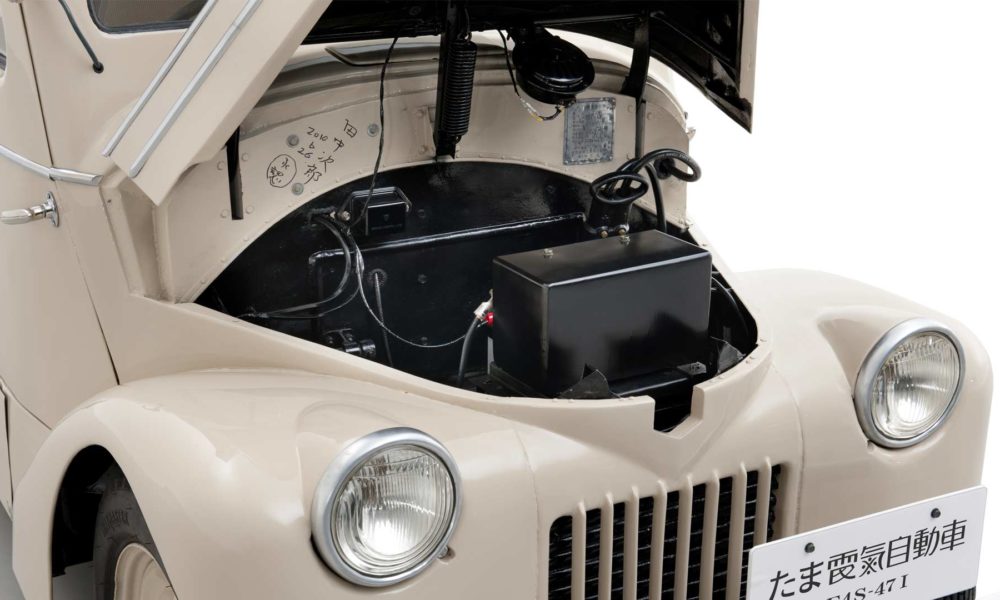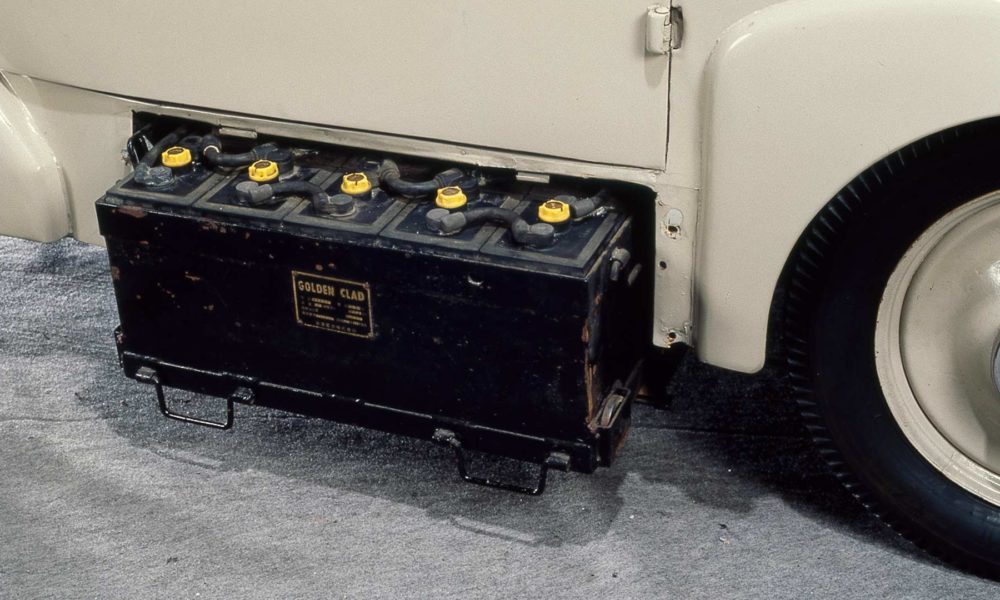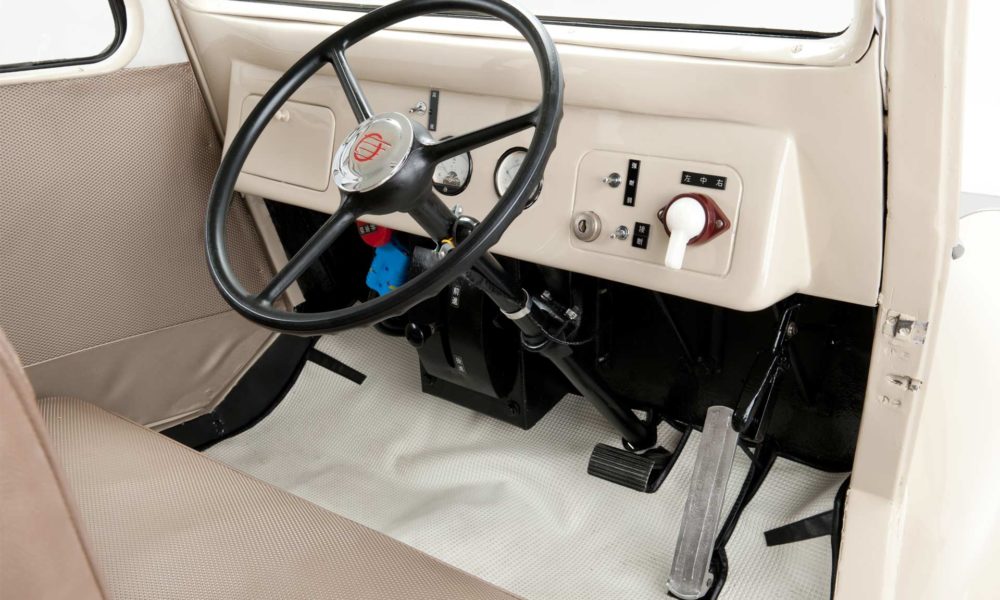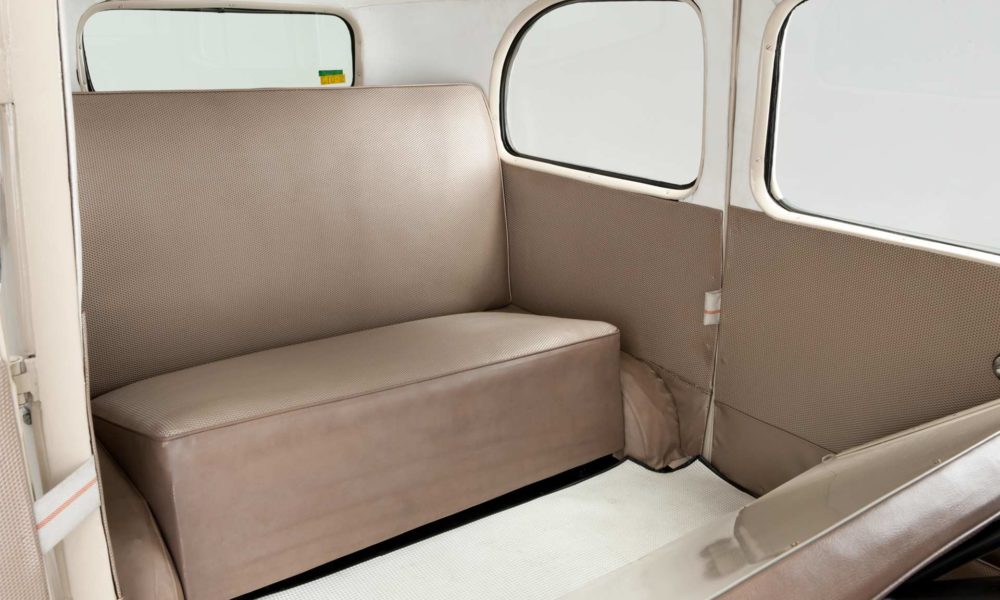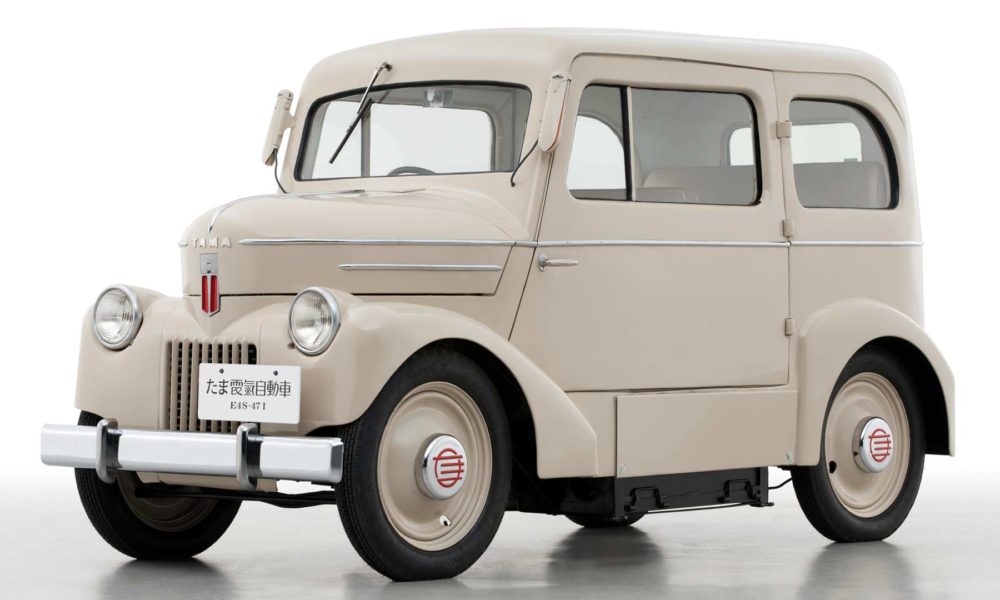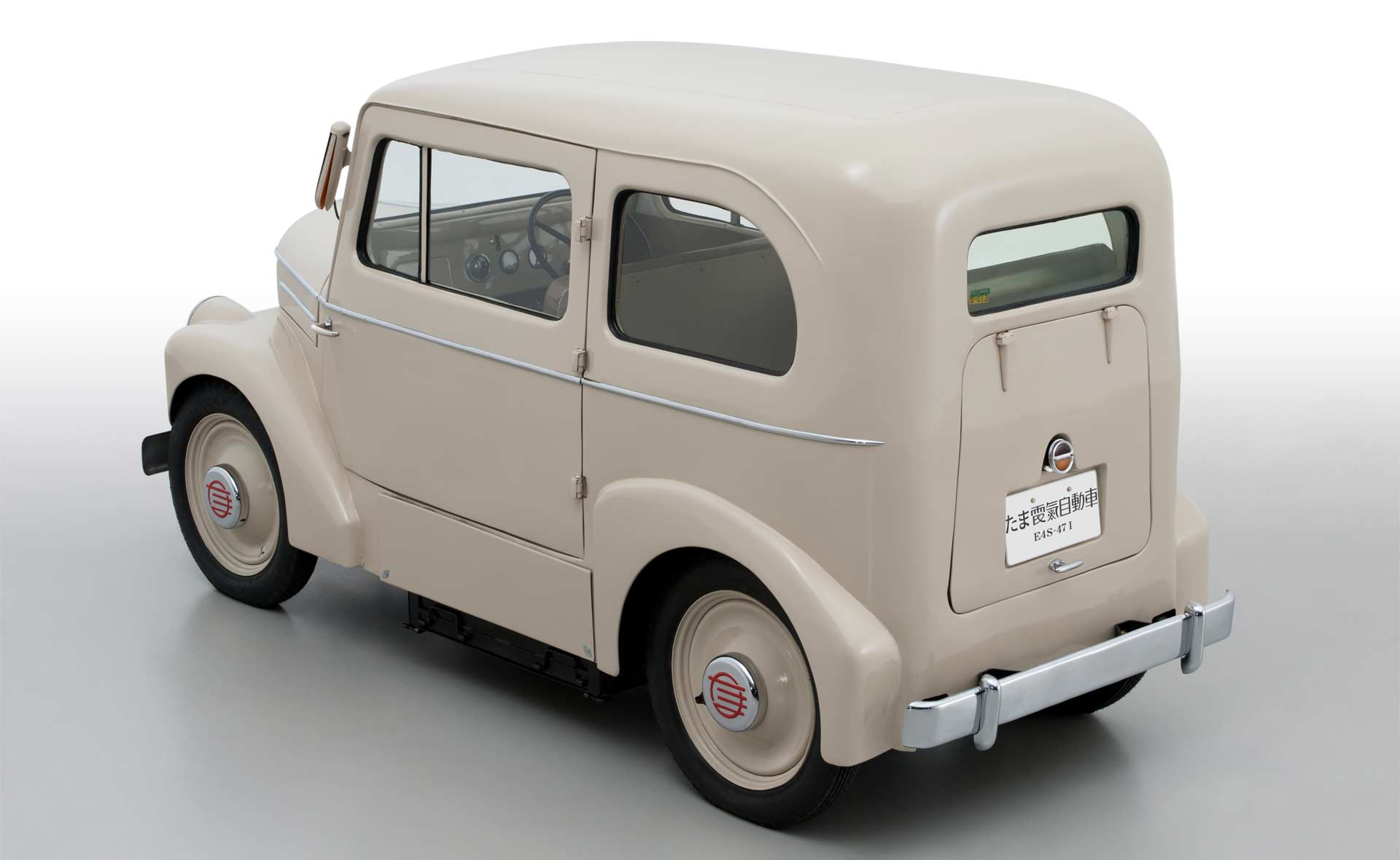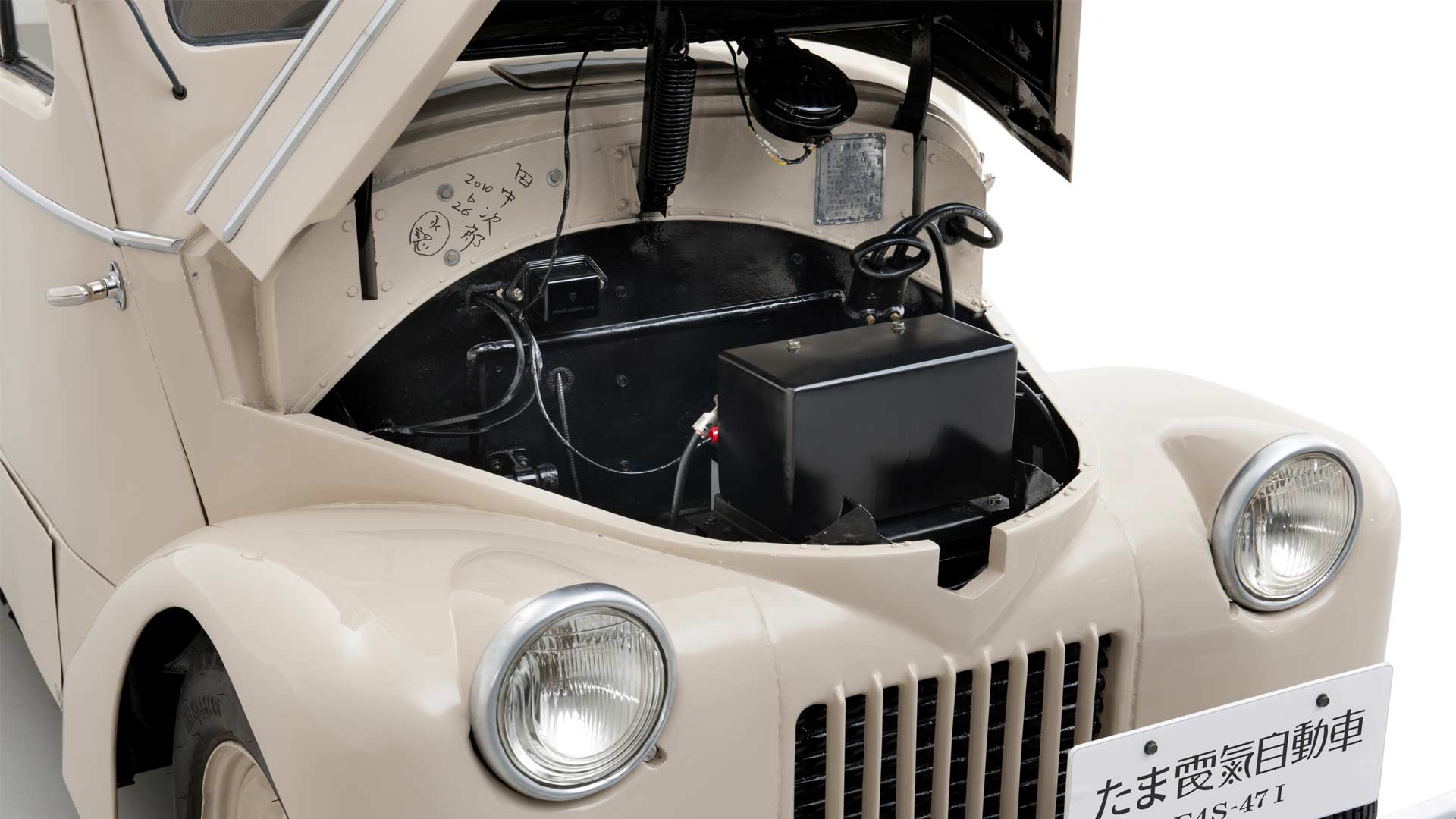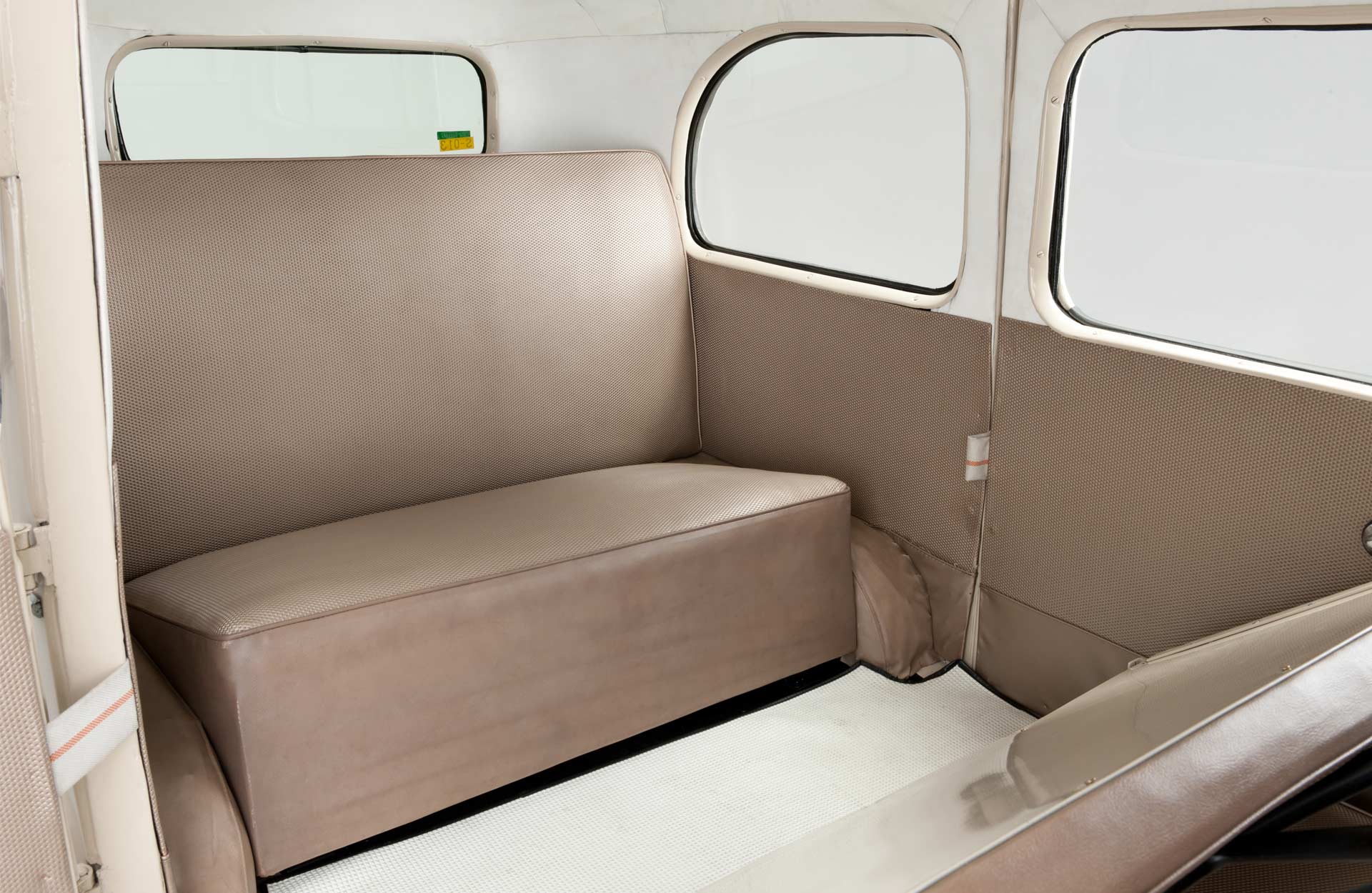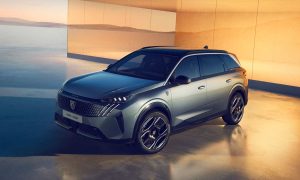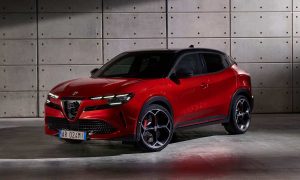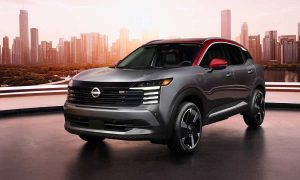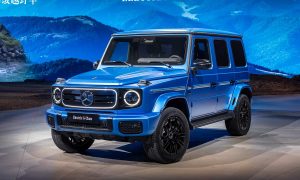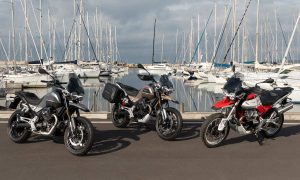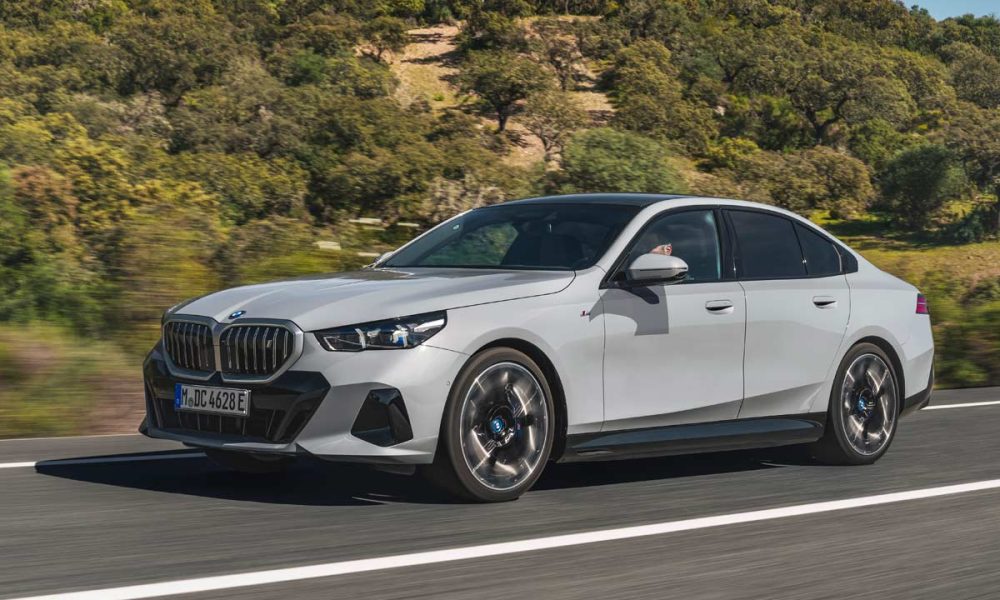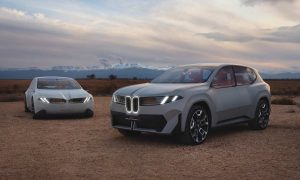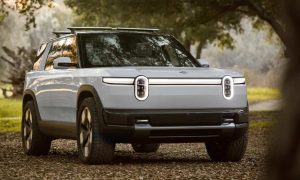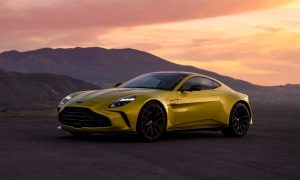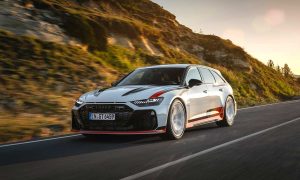Nissan tells us the story. During the 1940s, around 200 Tachikawa Aircraft employees moved to the newly established Tokyo Electro Automobile Co., Ltd., which embarked on the development of an electric car. One reason for this was the extreme shortage of gasoline at the time.
In 1947, the company succeeded in creating a 2-seater truck prototype with a 500 kg (1,102 lbs) load capacity, and was powered by a 4.5 hp motor. It was named ‘Tama’, after the area where the company was based. It had a top speed of 34 km/h (21 mph).
The company went on to create a passenger variant with two doors and seating for four. It boasted a top speed of 35 km/h (22 mph) and a cruising range of 65 km (40 miles) on a single charge. The former aircraft maker employed many unique ideas in the design and construction of the Tama, such as its battery compartments.
The Tama’s battery compartment was under the cabin floor, just like most modern EVs. There were two such compartments, one on either side, carrying a 40-volt lead-acid battery. Each battery case had rollers so that the drained batteries could be quickly exchanged with freshly charged ones.
The EVs of today come with a chassis-integrated battery pack which is not swappable, just like the mobile phones today which come with a non-removable battery. However, there are companies planning for modular batteries. More on that here.
Back to the Tama. Due to its battery-swappable engineering, the Tama took top honors in the performance tests conducted by the Ministry of Commerce and Industry in 1948.
The Tama came in passenger car and truck models, and both were available in gasoline and electric versions. It was used as a taxi and in similar roles until 1950, Nissan said.
The parent company changed its name few times and became Prince Motor Company, which in 1966, became a part of Nissan.
Nissan says that the Tama is the root of the company’s leadership in electric vehicles. In September 2017, Nissan unveiled the second generation Leaf.

Leave a Reply
Note: Comments that are unrelated to the post above get automatically filtered into the trash bin.
